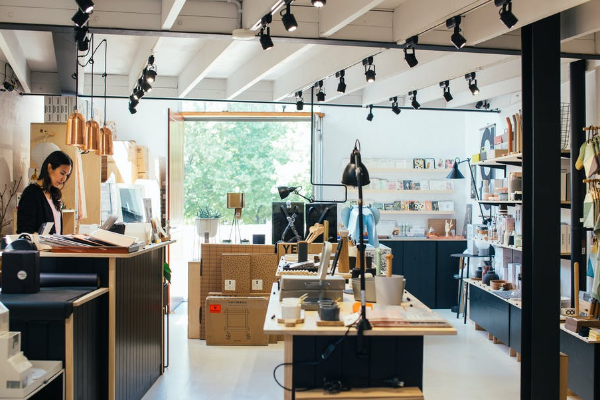Customizing Your Customer Behavior With Your Retail Store Layout

Recent statistics reveal that the United States has about 440,000 brick-and-mortar retail stores. As popular as e-commerce is today, people still enjoy shopping for items in person.
This way, they can see and touch a product before they purchase it. They can even talk face-to-face with a store representative if they have questions.
For a brick-and-mortar retail store, the retail store layout you create is key to success. It will directly affect shopping habits, and when you get it right on the money, it will increase sales.
The key to retail space design is to create a retail store layout that will not only attract customers to come into the store but also stay and engage with it. It should be a path that creates a smooth guide for the journey that you wish your customers to take.
Here is what to consider with your retail space design.
The Decompression Zone
It begins with an open space at the entrance of the store. This is your “decompression zone.” This is the best thing to open with, a space that is free from walls of stock and promotional signs.
The reason is that a decompression zone allows a customer to walk into your retail space and relax. They can breathe as they transition from walking outside to inside, giving them time to get comfortable. Customers can look around, scan their environment, and not worry that they are in the way of another shopper.
When customers can relax when they enter your retail space, they will be more receptive toward considering promotions they see.
Designing Paths
Statistics suggest that 85% to 90% of people in Western countries are right-handed. Because of this, retail locations will draw the most foot traffic to the right side of the retail space. They will also be more willing, subconsciously, to reach from their right side.
This means that when customers first walk in, chances are high that they will go toward their right first. The first wall they interact with is what you call a “Power Wall.” This should be their first stop after the decompression zone.
It is important to contemplate what you want on your “Power Wall.” We recommend you check this link for more details on a glass display case option.
Anti-Clockwise Pathway
Based on this method, many retailers try to control customer behavior with a pathway that strategically controls the flow of their customers. With the right-handed theory, shopping habits pull customers in a circular, anti-clockwise path.
Many brick-and-mortar will structure their retail space this way. They pull customers to the right, and toward the back, then to the front again, in a circle.
Design Your Retail Store Layout
When you have a brick-and-mortar location, you can easily increase sales when you consider customer behavior and shopping habits. Your retail store layout will play a significant factor in your store’s success.
We publish articles daily on business, entertainment, fashion, pets, travel, and much more. With the latest tips and tricks to succeed in the modern world or to enhance everyday life, we have lots of advice. So don’t leave!
Keep clicking to discover today’s best life hacks.




























